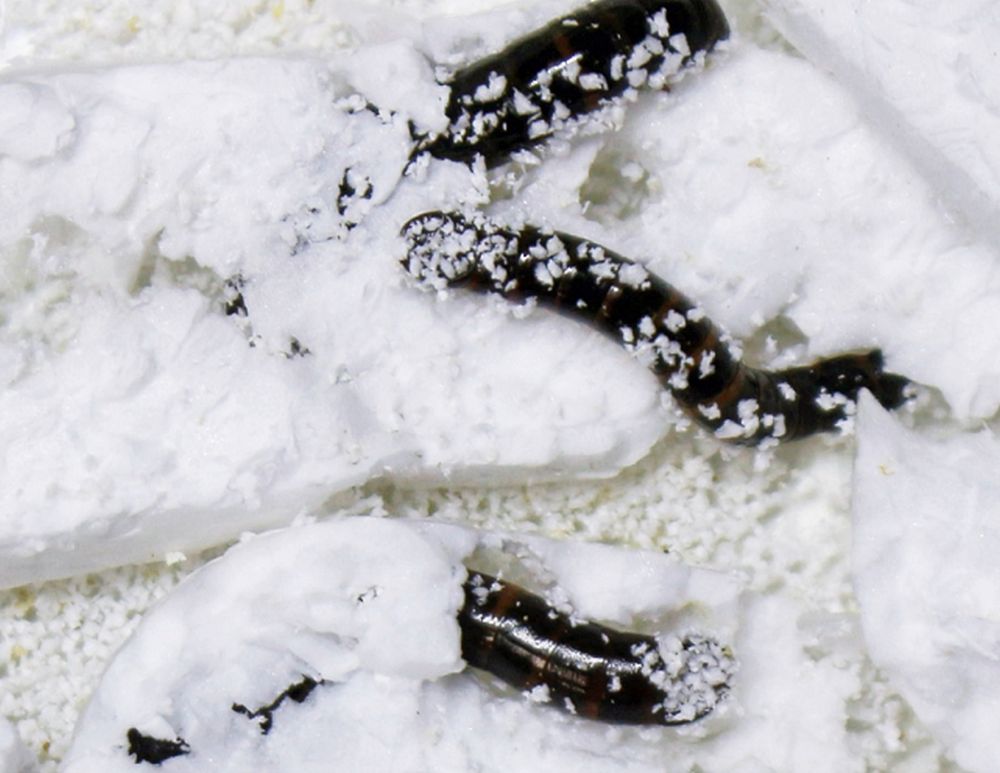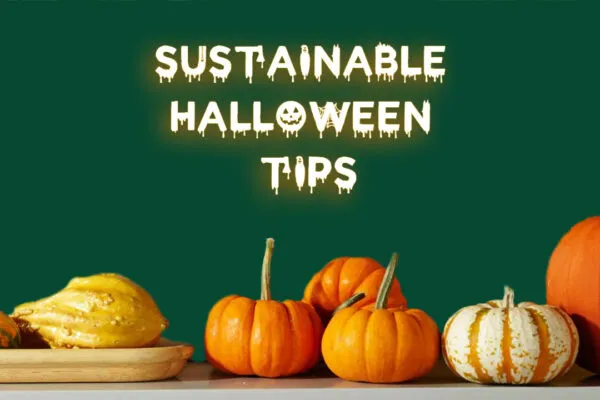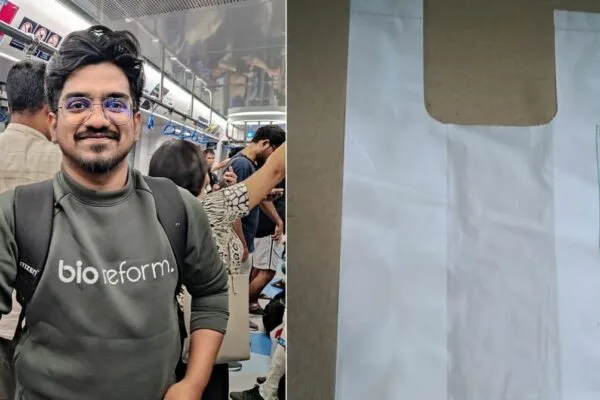Darkling Beetle Larvae Decompose Styrofoam, Break its Molecular Structure
Plastic is a difficult material to decompose as its molecular structure does not break down easily. However, a recent study has revealed that darkling beetle larvae have a certain potential to combat plastic pollution. The darkling beetle larvae can decompose plastic components by breaking them at the molecular level.
The study, led by experts in the Department of Chemical Engineering at POSTECH, was published in the journal Applied and Environmental Microbiology. The researchers have unearthed that the larvae of the beetle in the order Coleoptera (Plesiophthophthalmus davidis) can decompose polystyrene, which is a material difficult to break down due to its unique molecular structure. The larvae of a darkling beetle indigenous to East Asia including the Korean peninsula can reduce its mass and molecular weight.
We have discovered a new insect species that lives in East Asia – including Korea – that can biodegrade plastic through the gut flora of its larvae.
Said study co-author Professor Hyung Joon Cha.
The world generates several billion tons of plastic waste each year, but only a small percent of this waste gets recycled. As the plastic could take thousands of years to decompose, it has become a major environmental issue.

Darkling beetle larvae consuming the Styrofoam | Image: POSTECH
For instance, a floating island of waste called the Great Pacific Garbage Patch has amassed an estimated 80,000 tons of plastic particles in the North Pacific Ocean, and it continues to grow.
The POSTECH team collaborated with Professor Inteck Song of Andong National University for this study. The researchers separated the bacteria Serratia in the colonic tract of the beetle larvae. For the study, polystyrene was fed to the larvae for two weeks, six times the amount of Serratia seemed to have appeared in the intestinal region of the organism.
Contrasting other identified polystyrene-degrading insects, the beetle larvae were found to consist of a group of six species. The amalgamation of bacterial strains could ultimately be used in the development of a polystyrene-decomposing flora.
The study also noted that polystyrene could be broken down by other organisms as well that feed on rotten wood. Apparently, this research provides a potent solution in the fight against plastic pollution.


